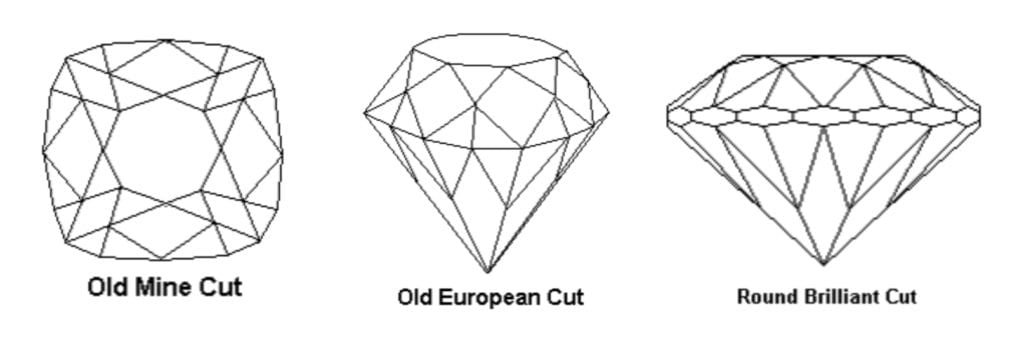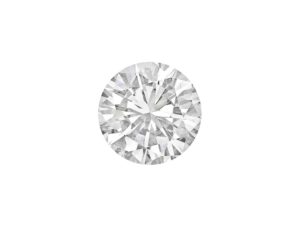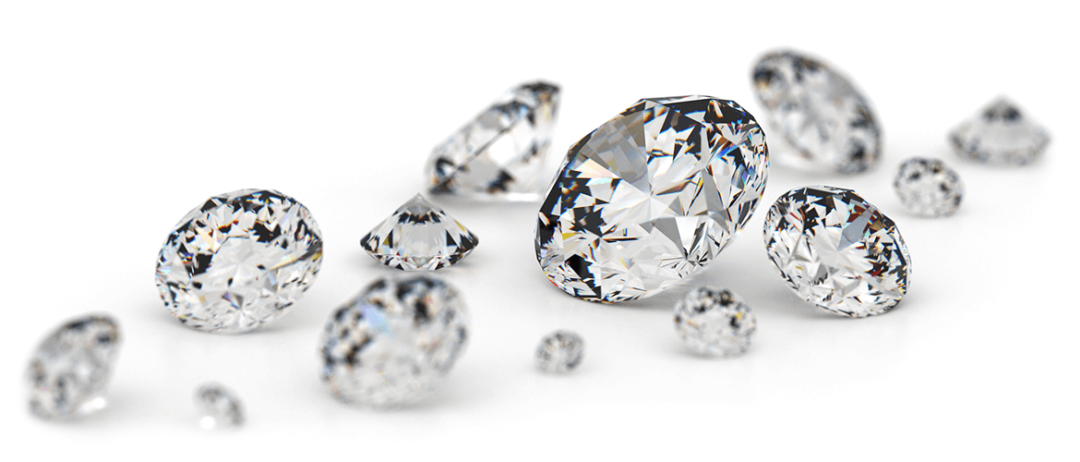Welcome back to the Diamonds Hatton Garden blog where we share the latest developments and insights from our Hatton Garden jewellers. In today’s blog we continue our on-going series and dive into the world’s most popular diamond shape: the round brilliant cut.
The Round Brilliant diamond shape is the most popular diamond shape in the round and accounts for more than half of all diamonds sold. Timeless and classic, the iconic shape has become a symbol of luxury and diamonds themselves. Indeed, if you were to ask someone what a diamond looks like it is almost certain they would respond with the round brilliant cut. Be it as a centrestone for diamond engagement rings, within a fabulous pair of diamond earrings or in a diamond tennis bracelet the round brilliant is the most versatile and wearable of all diamond shapes. Capturing the imagination and inspiring countless couples throughout the ages, this shape has developed and been perfected over the course of more than 6 centuries to resemble the shape we all know.
What is a “Diamond Shape?
Diamond shape refers to the geometric appearance of a diamond. Diamond shapes are categorised into two groups: round diamonds and fancy shape diamonds. Round diamonds, also known as round brilliant cuts, are the most traditional diamond shape. Fancy shape diamonds refer to any diamond that is not a round brilliant.
The evolution of the Round Brilliant Shape
Point Cut
Dating back to the Middle Ages, the point cut is commonly believed to be the first diamond shape. With a lack of expertise and technology, jewellers at this time were not able to cut diamonds with the precision or skill that they have today. Instead, jewellers sought to preserve the natural shape of the diamond polishing into a pointed shape. This way, the natural octahedron facets were more symmetrical, hence creating more sparkle from the diamond.

Old Cut
Developed in the 16th century, the old cut is a masterpiece of design. With between 16-18 facets, the old cut is the first incarnation of what we now recognise as the Round Brilliant cut. Created to catch the light and make it easier for jewellers to set them and secure in mountings. One of, if not the, most important developments within the history of diamond cutting, the facets created in the old cut gave more brilliance to the diamond and more sparkle.

European Cut
With the development of the industrial revolution, the technologies and understanding within diamond cutting evolved dramatically. A greater ability to produce more cuts allowed jewellers to create a thinner girdle and add more facets to the old cut resulting in even greater sparkle. The Old European Cut defined the jewellery style between the 1890s to 1930s and to this day remains a fabulous choice for vintage engagement rings.

The Modern Round Brilliant Cut
Belgian Master Jeweller Marcel Tolkowsky is credited with developing the modern round brilliant cut to his specifications of 53% table, 59.3% depth and 34.50% crown angle. Commonly referred to as the ideal cut, the shape now is legendary across the world for its beautiful and finesse.. Unlike the old European cut, a modern round brilliant is cut to maximise the brilliance of the stone, jewellers often refer to the modern cut diamond as Full Cut.

Features of the Round Brilliant Diamond Cut
By far the most popular diamond shape for diamond engagement rings and there is a good reason for this. The facets with the modern round brilliant cut maximise the sparkle and brilliance of the diamond through its precise and refined geometry. Over the course of centuries, the refinement and design of the shape has developed into this work of art.
With 57 facets (a facet is a flat surface on the geometric shape of the diamond) the round brilliant cut consists of 1 table facet, 8 bezel facets, 8 star facets, and 16 upper girdle facets for a total of 33. On the pavilion, or bottom part of the diamond, there are 16 lower girdle facets, 8 pavilion main facets and 1 culet. The image below shows how this gorgeous marriage of proportion combines to create this beautiful shape.

Why is a Round Brilliant Shape called a round brilliant?
The phrase round within round brilliant refers to the round crown on the top or crown of the diamond. Brilliant refers to the optimal light return this design produces. Brilliance is the term generally used to describe white light return, which is the foundation of a diamond’s brightness and sparkle. But to be brilliant a diamond must be more than just bright. Think of a big mirror reflecting light back to your eye.
The price of Round Cut diamonds
When looking to buy loose diamonds and when examining loose diamonds, you will notice that the most expensive cut is the round brilliant cut. It’s not just because it is the most popular shape but because it contains more facets than any other cut, requiring more precision work, cutters have to discard more of the rough diamond to produce the magnificent final shape.

With over 50 years experience within jewellery, Diamonds Hatton Garden can help you find the diamond engagement ring of your dreams. Book your personal appointment today via info@diamondshg.co.uk or on +44 7951 060238.

